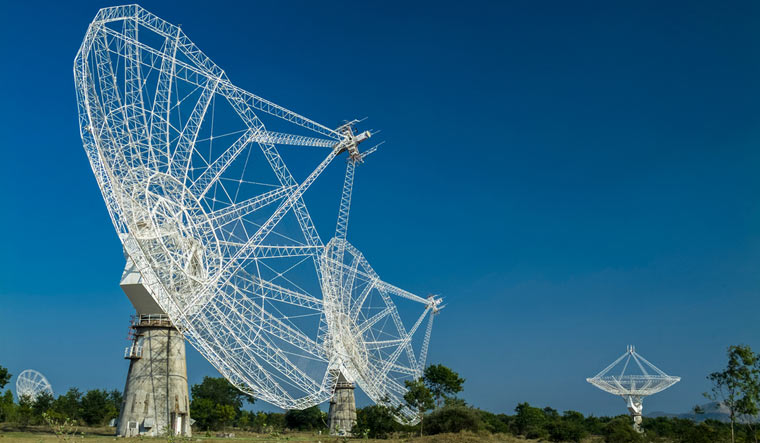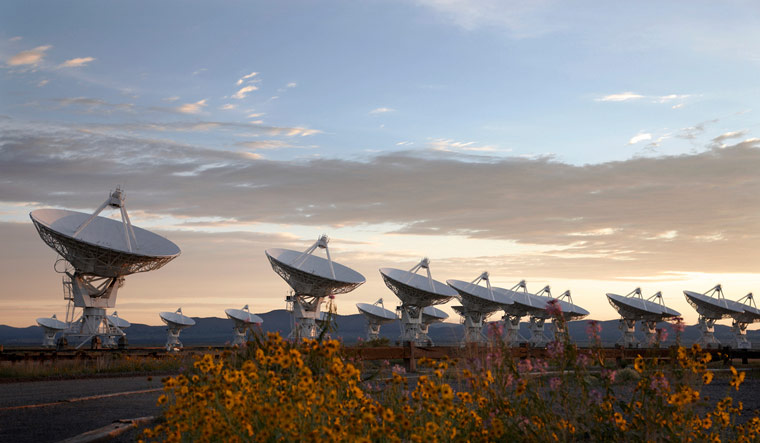Scientists are incredibly excited about the recent discovery of giant gravitational waves. These waves are like ripples in the fabric of space and time and are caused by the movement of massive objects. What makes these waves so special is their size—they are much bigger than any waves we have seen before.
In the past, scientists detected gravitational waves using special detectors on Earth. These waves came from black holes crashing into each other. But this new discovery is different. Instead of using detectors, scientists tracked changes in the positions of special stars called pulsars over many years. They found a constant background of gravitational waves coming from all directions, like ripples on a pond caused by rain.
These waves are believed to come from pairs of supermassive black holes, which are incredibly large and powerful. Most galaxies, including our own Milky Way, have a supermassive black hole at their center. Sometimes, when galaxies collide, two black holes end up close to each other. These binary black holes interact with surrounding stars and eventually start orbiting each other.
The exciting part is that when these binary black holes get very close, they produce gravitational waves that we can detect. This discovery confirms that supermassive black holes can get extremely close to each other in nature, which is a big deal for scientists. The significance of this discovery has left the scientific community buzzing with excitement and anticipation.
Understanding these waves is crucial because they can tell us more about black holes and how galaxies evolve. It can also help us explain how some black holes become so enormous. By studying these waves, scientists can learn more about the secrets of the universe.
Scientists are also considering other explanations for the waves. It's possible that they could come from other sources like dark matter or cosmic strings. Dark matter is a mysterious substance that makes up a large part of the universe, but we don't know much about it yet. Cosmic strings are hypothetical objects that could create waves when they snap.
 The Giant Metrewave Radio Telescope (GMRT) in Pune
The Giant Metrewave Radio Telescope (GMRT) in Pune
The discovery of these gravitational waves is incredibly thrilling for scientists. It opens up new avenues for research and exploration, giving us a chance to learn more about black holes, the evolution of galaxies, and the early moments of the universe. It's a remarkable step forward in our understanding of the cosmos and has scientists eagerly anticipating what other secrets these waves might reveal.
This breakthrough could have far-reaching implications for future astronomical endeavors, including the Laser Interferometer Space Antenna (LISA). Scheduled for launch in the mid-2030s, LISA consists of three spacecraft designed to detect gravitational waves from space. If LISA can observe the merging of black holes, it will provide valuable information about how they grow and evolve.
As the spiraling binary black holes emit gravitational waves, the frequencies of these waves will increase. Some of them are expected to fall within the sensitivity range of LISA, potentially allowing the space-based detector to observe multiple black hole mergers during its mission. This presents a unique opportunity for LISA to contribute significantly to our understanding of the cosmic phenomena associated with black hole mergers and their role in the growth of supermassive black holes.










